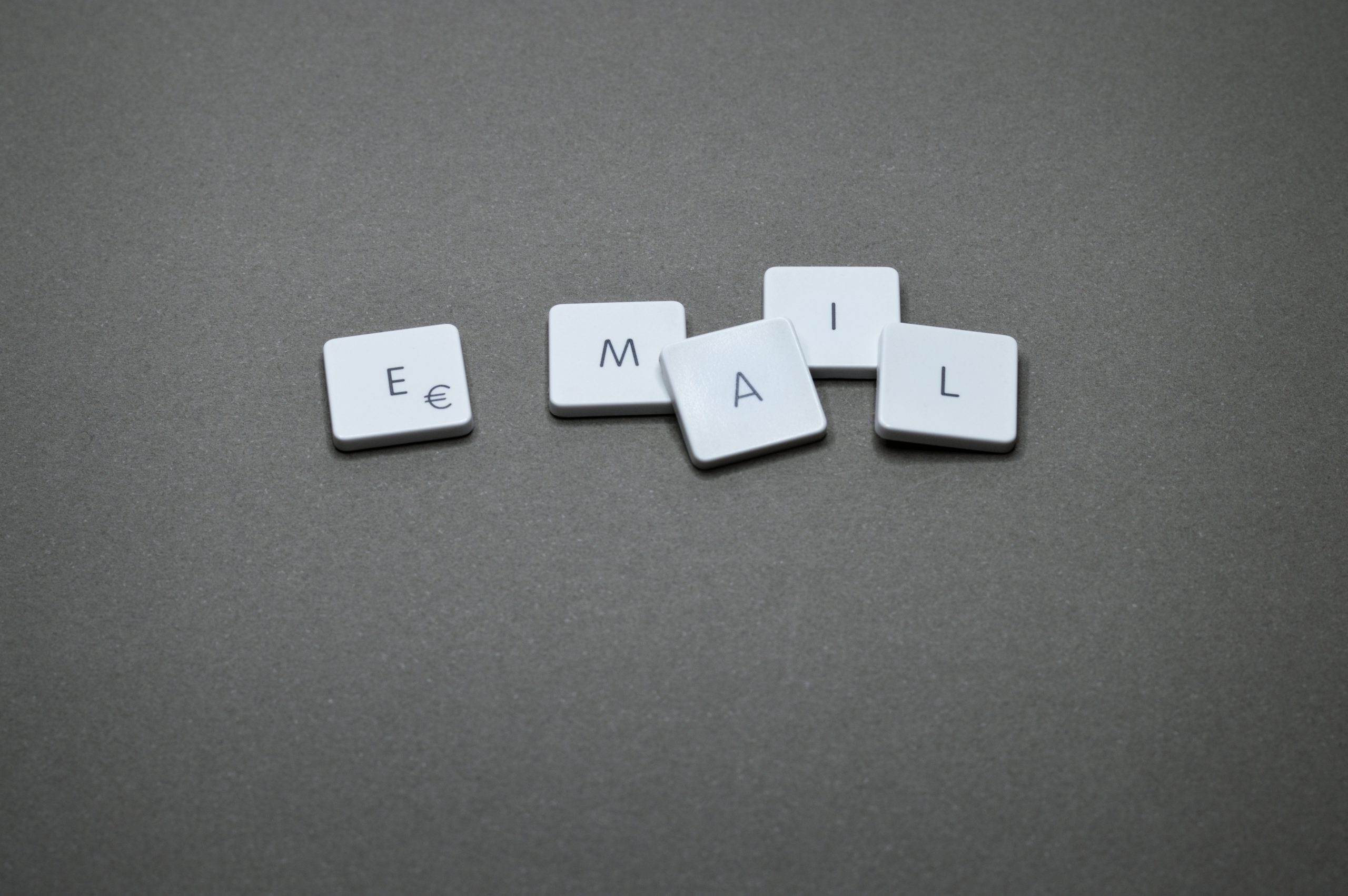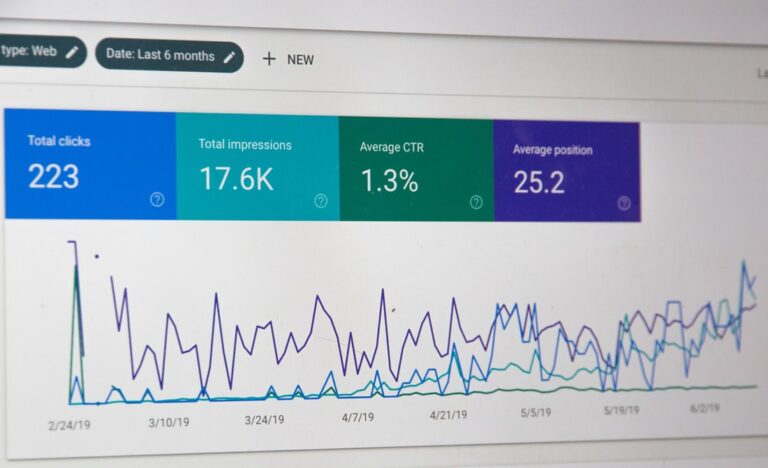What is Email Marketing?
Table of Contents
What is an effective email marketing?
Sending targeted emails with promotional content to potential or existing clients is known as email marketing. It’s an effective digital marketing tactic that enables companies to interact with their target market directly, cultivate leads, and close deals on goods and services.
It is a strategic digital marketing option. More than half of the world’s population, or over 4 billion people, utilize email, according to the Statista. For every $1 invested, email marketing returned an average of $36 in 2022.
An effective email marketing strategy is an email marketing approach can be applied to any type of organization or strategy. However, the most effective email marketing examples have a few characteristics in common.
Qualities of an Effective Email Marketing
An effective email marketing must have the following qualities:
- Defined goals and objectives.
- Great and catchy subject line.
- Captivating and simple to read.
- Relevant.
- Timely delivery (they’re sent at the right times).
- Mobile compatibility (responsive).
Strategies for Effective Email Marketing
Email marketing is a powerful tool that helps companies engage with their audience, advertise goods and services, and increase conversions. But in order to succeed in the digital world, you need to use methods that work—that is, strategies that engage recipients and break through the clutter. We will go over all the essential tactics for successful email marketing in this tutorial, which includes list growth, content creation, and optimization.
1. Build a Quality Email List
A quality email list is the cornerstone of any effective email marketing campaign. Begin by gathering email addresses via sign-up forms on your website, social media accounts, and additional channels. Prioritize openness in your opt-in procedure and make sure you obtain consent before sending out any emails. Investing in email databases or using immoral methods to cultivate your list might harm your sender reputation and lead to high unsubscribe rates and spam complaints.
2. Segment Your Audience
Emails sent to everyone at once are no longer effective. Divide up your email list into segments according to a range of factors, including engagement level, purchase history, and demographics. You may offer more targeted and relevant messages to your audience by segmenting your content, which can increase engagement and conversion rates.
3. Write Eye-Catching Subject Lines
First things that receivers see are the subject lines. Concise and eye-catching subject lines will encourage recipients to open your emails. Refrain from using deceptive subject lines and clickbait techniques as these might damage subscribers’ trust and increase unsubscribe rates.
4. Enhance Email Text
In email marketing, content is king. Produce material that is interesting, educational, and beneficial to your audience. For aesthetically pleasing emails, combine text, photos, and multimedia. Since many receivers’ view emails on their mobile devices, make sure your content is optimized for mobile.
5. Personalize the Message
It is not enough to just call people by their first name to be considered personal. Utilize segmentation data to provide tailored content and recommendations. Emails with personalization have greater engagement and open rates.
6. A/B Testing
Try experimenting with your emails’ subject lines, content, calls to action, and send times. By identifying what appeals to your audience the most, A/B testing allows you to improve your email marketing plan.
7. Mobile Responsiveness
Most email openings take place on mobile devices. Make sure your emails have easy-to-click buttons, a responsive design, and are optimized for mobile devices. To ensure compatibility, test your emails across a range of mobile devices and email clients.
8. Use of CTA (Call to Action)
Include a strong call to action (CTA) and clearly state the action you want recipients to take. Whether it’s for a purchase, webinar registration, or resource download, your call to action (CTA) needs to be clear and compelling.
9. Frequency and Timing
Determine when it is best to send your audience emails. Depending on your sector and target market, this may change. Take into account how frequently you send emails as well. A high email volume can cause recipients to unsubscribe, while a low volume can cause disinterest.
10. Automation
Use email marketing automation to send pertinent communications on time and without requiring continual human interaction. Welcome emails, forgotten basket alerts, and follow-up emails after a purchase are examples of automated workflows.
11. Metrics and Analytics
Analyze your email campaigns’ performance on a regular basis. Open rates, click-through rates, conversion rates, and unsubscribe rates are important performance indicators to track. Make use of these insights to strengthen your upcoming marketing and tactics.
12. Compliance with Regulations
Adhere to email marketing laws, including GDPR and the CAN-SPAM Act. This entails respecting data privacy, giving recipients a simple means to opt out, and putting your physical address in your communications.
13. Use Captivating Images
Include captivating images in your emails. Infographics, movies, and pictures can improve the readability and impact of your material.
14. Examine All Email Clients
Emails can be rendered differently by email clients. Check that your emails display properly and are readable by all recipients by testing them in a variety of email programs (such as Gmail, Outlook, and Apple Mail).
15. Observe the Deliverability
Consider your email’s deliverability carefully. Make sure no spam is being assigned to your emails. To keep your sender reputation high and your email list clean, use email verification services.
16. Establish Trust
Develop a rapport with your readers by providing insightful information on a regular basis and showing consideration for their interests. Although it takes time to develop trust, success over the long run depends on it.
17. Remain Updated
The world of email marketing is always changing. To adjust and maintain your competitive edge, keep up with market changes, best practices, and new technological developments.
18. Reactions, Feedback and Surveys
Ask your email recipients for input so you can learn about their preferences and issues. Feedback loops and surveys can offer insightful information that can help you refine your email marketing plan.
19. Integrate Other Marketing Channels
To establish a unified and consistent consumer experience, integrate your email marketing with other marketing platforms like social media and content marketing.
20. Continuous Improvement
Email marketing is a continuous endeavor. Always evaluate your tactics, take lessons from your mistakes and triumphs, and adjust to the shifting tastes of your target market.
Final Words
In conclusion, a thorough understanding of your audience, continual optimization, and astute strategy are all necessary for successful email marketing. You may use email marketing to increase engagement, conversions, and long-term customer connections by developing a high-quality email list, providing relevant and personalized content, and adhering to legal requirements.




